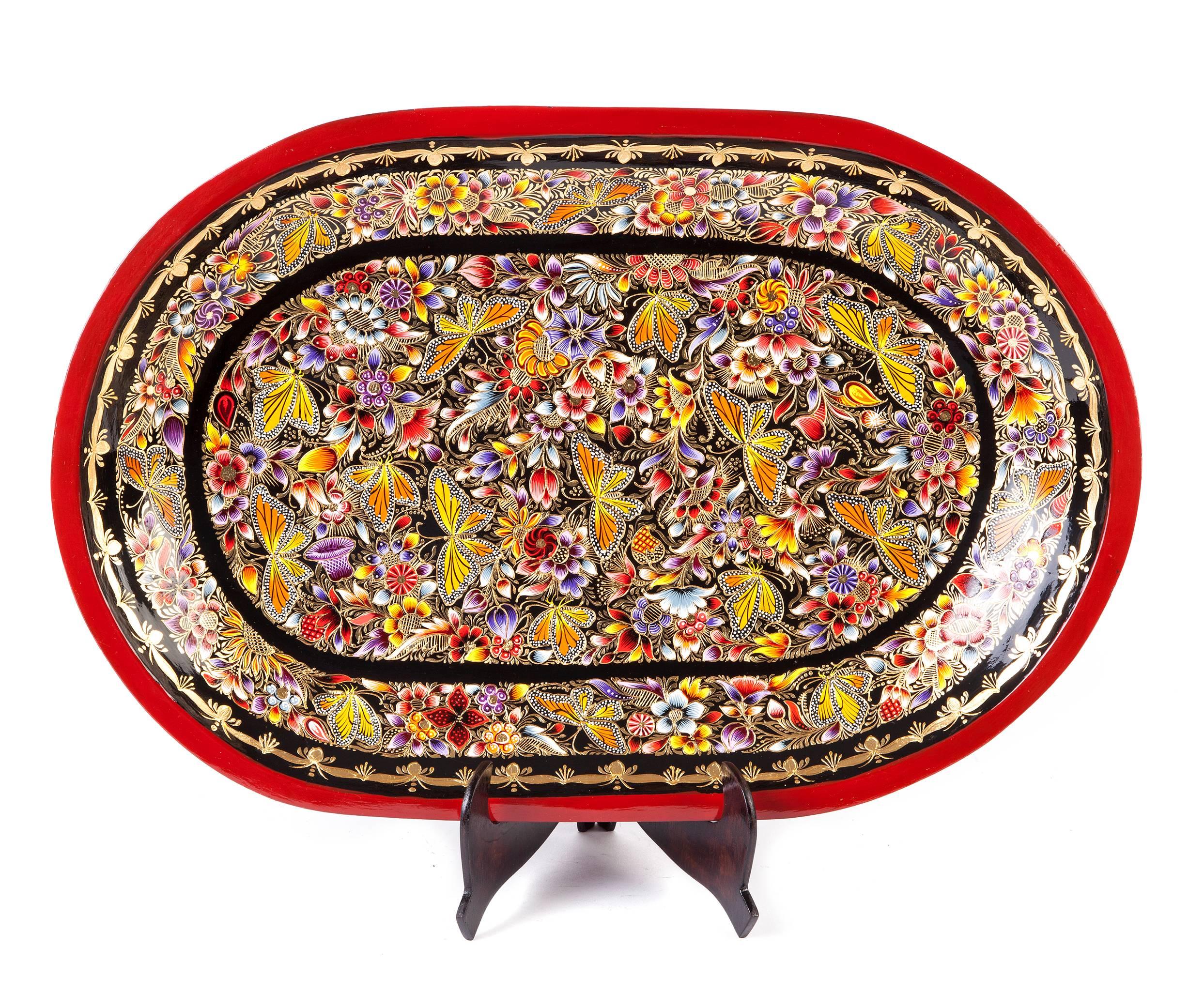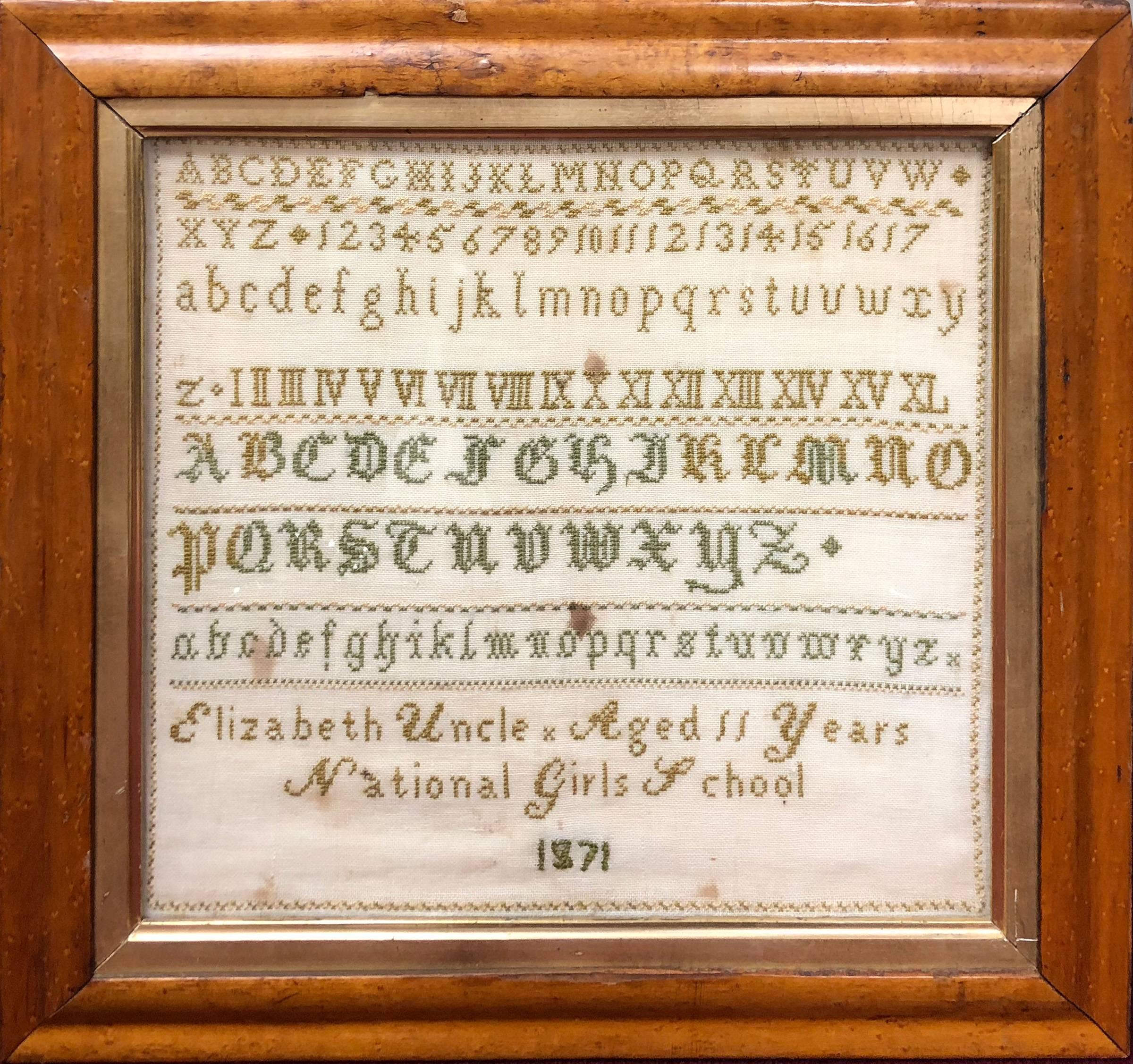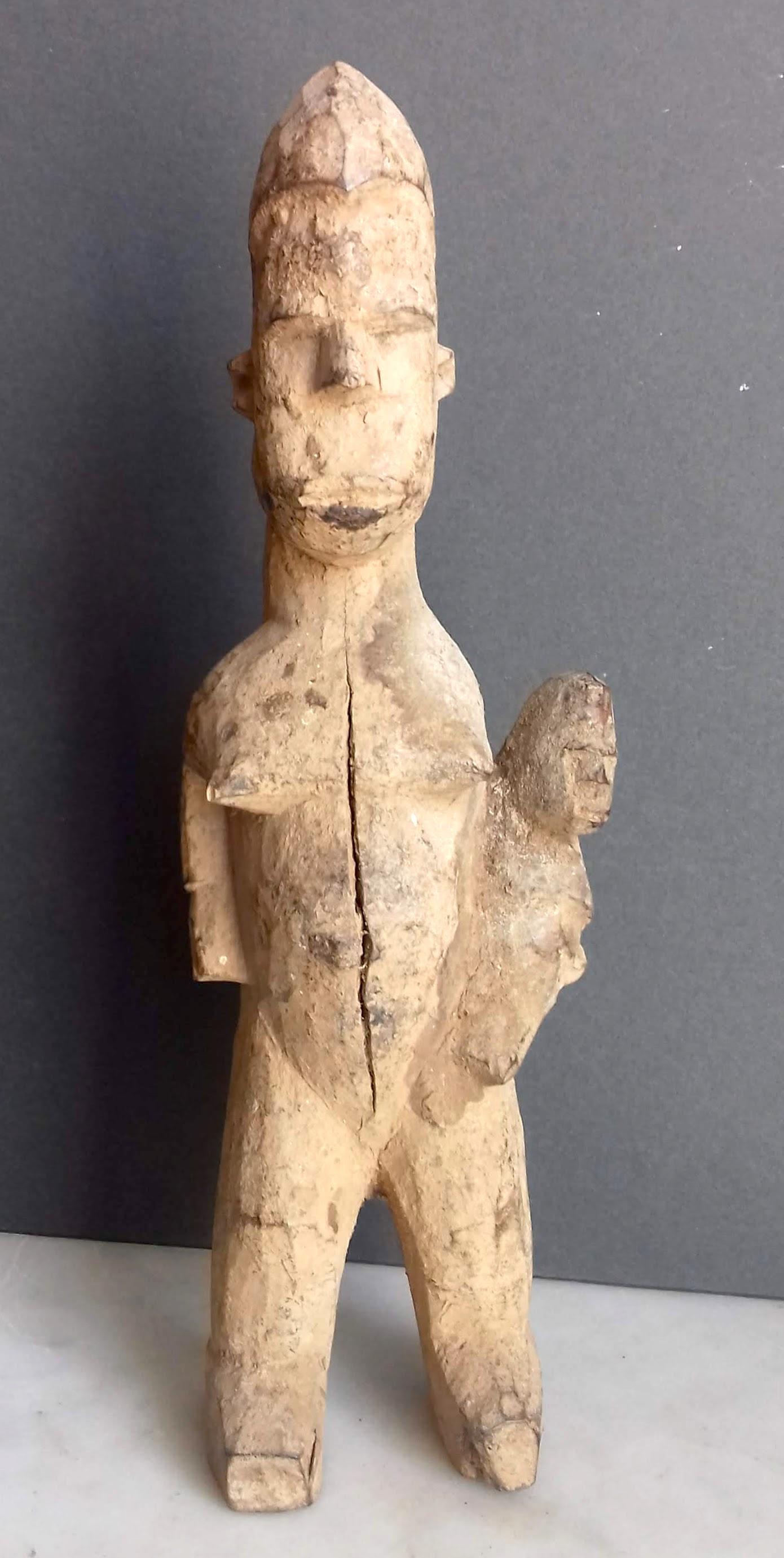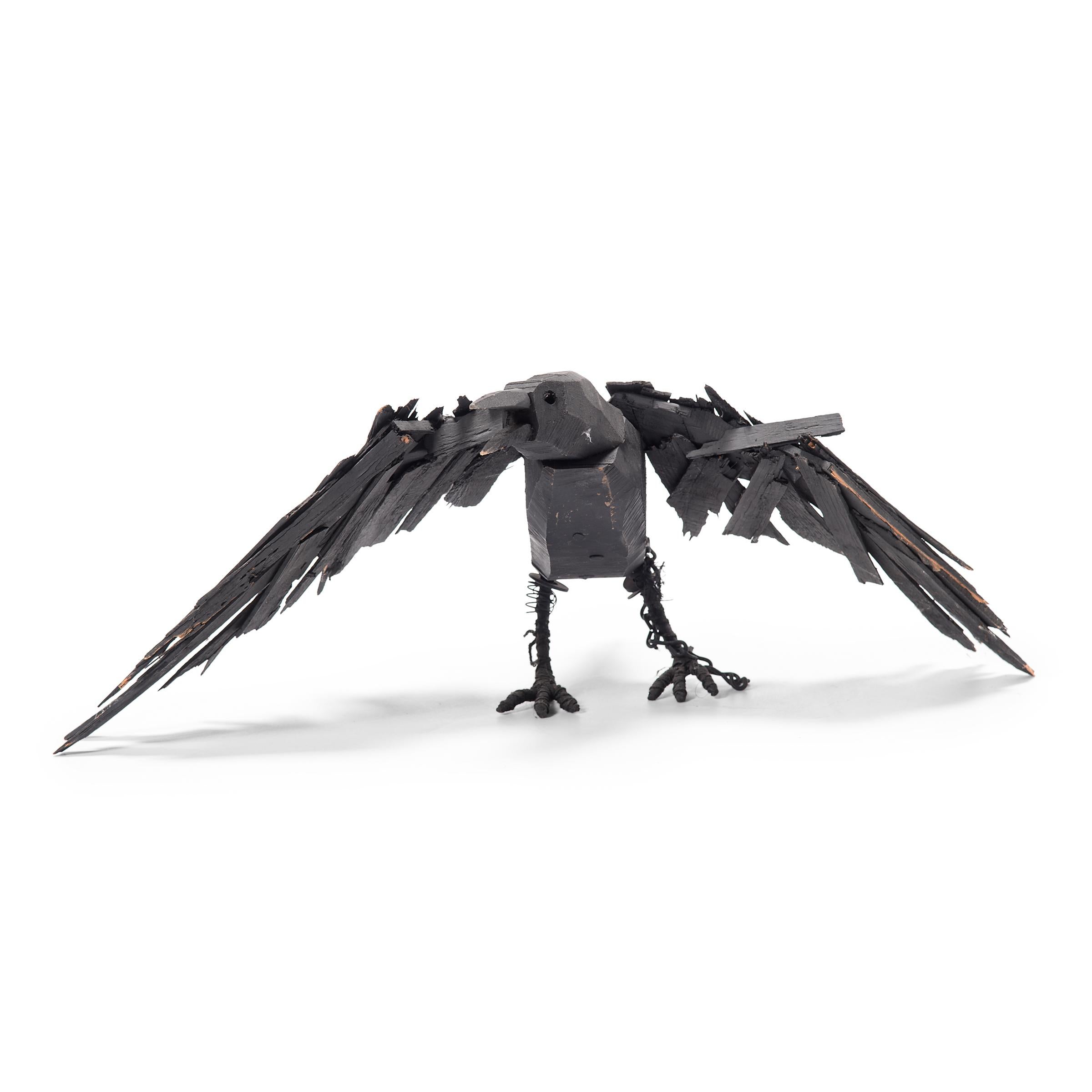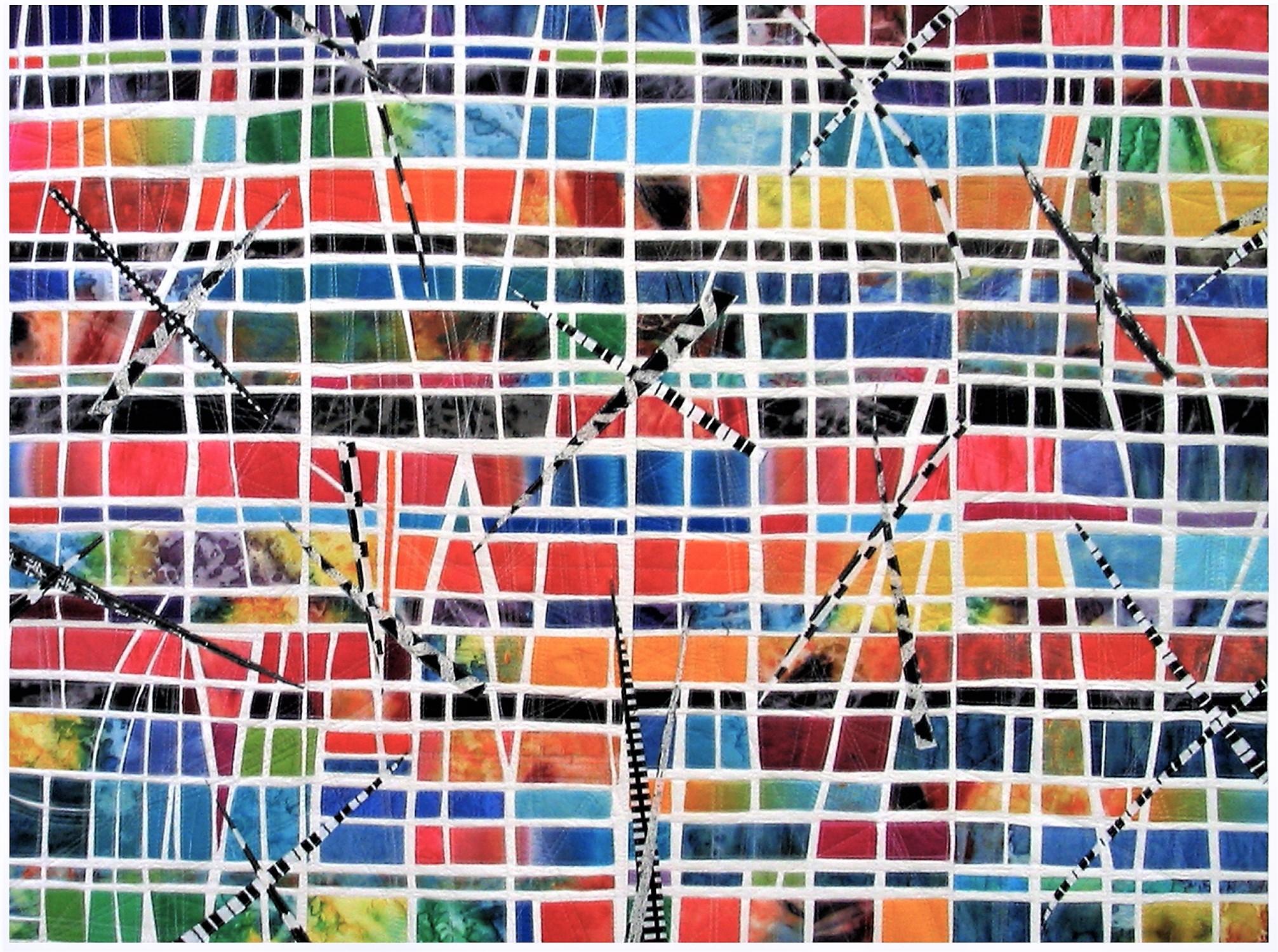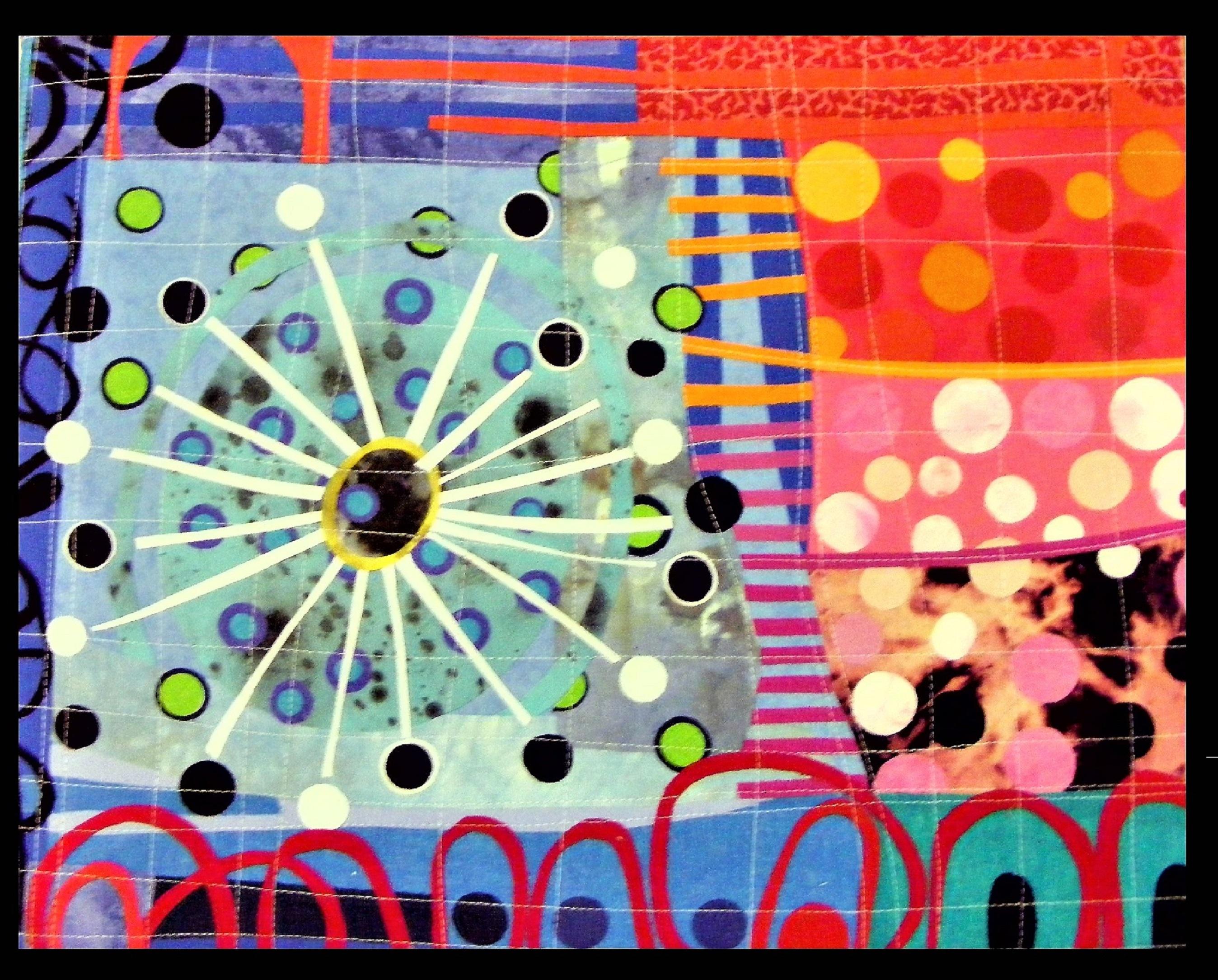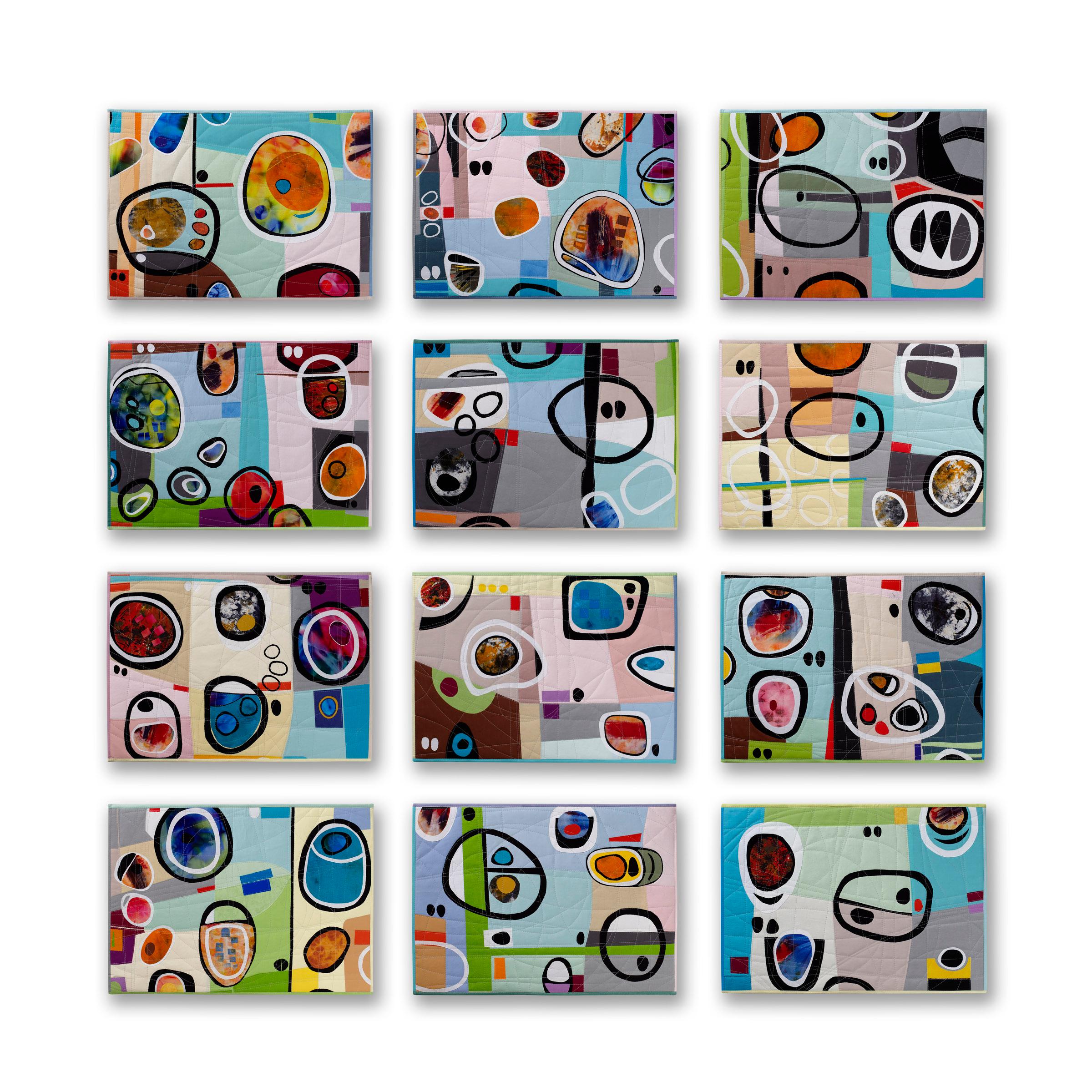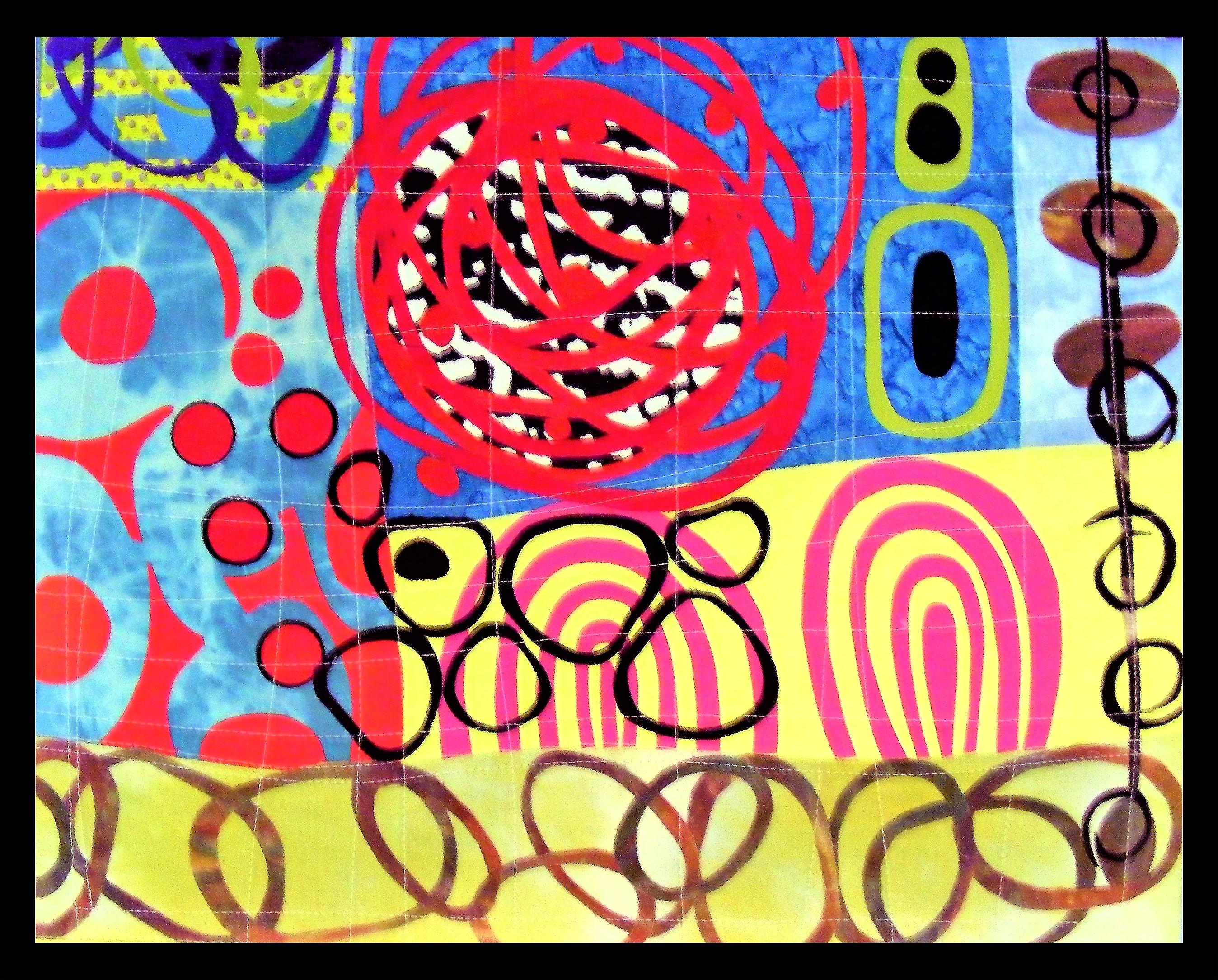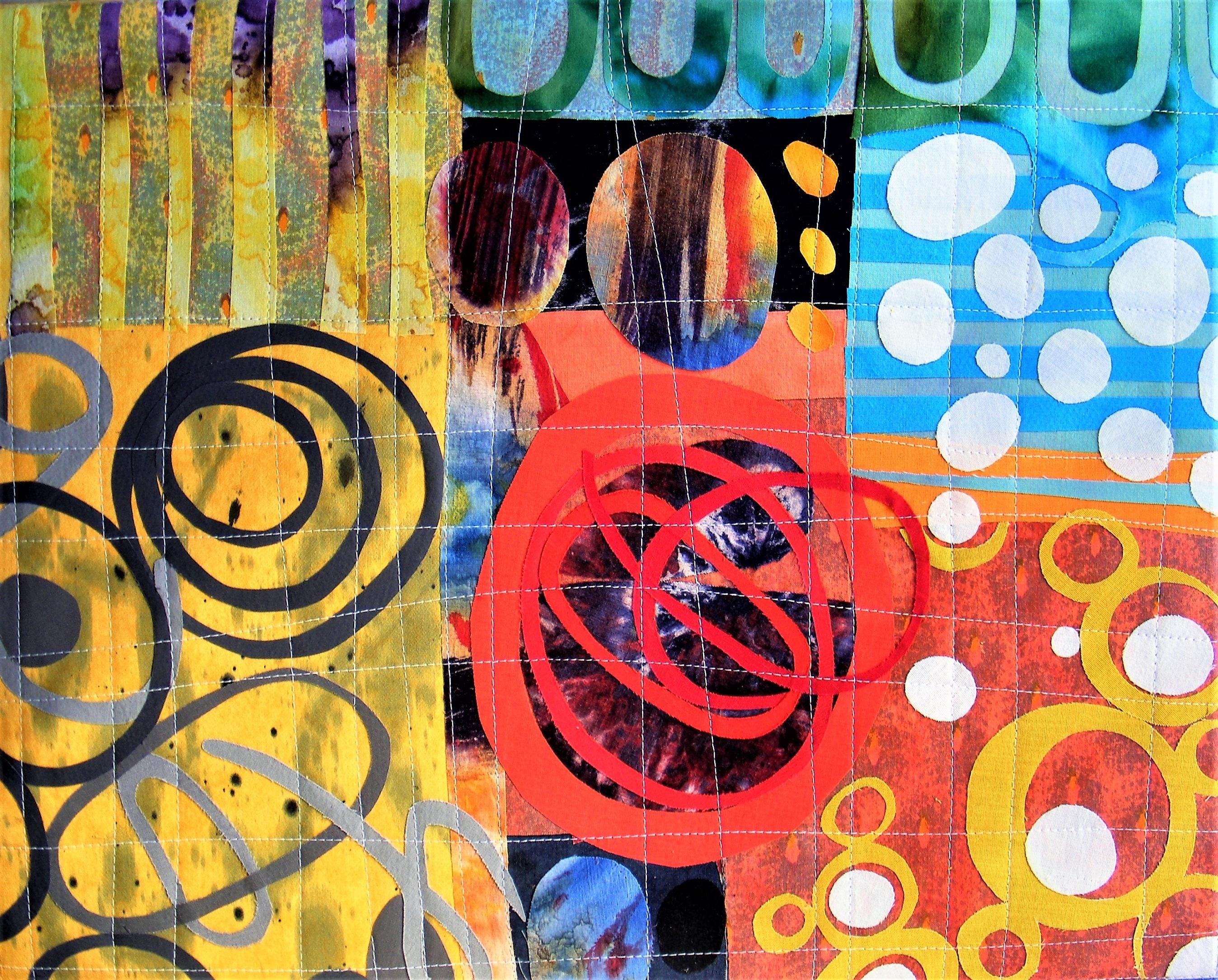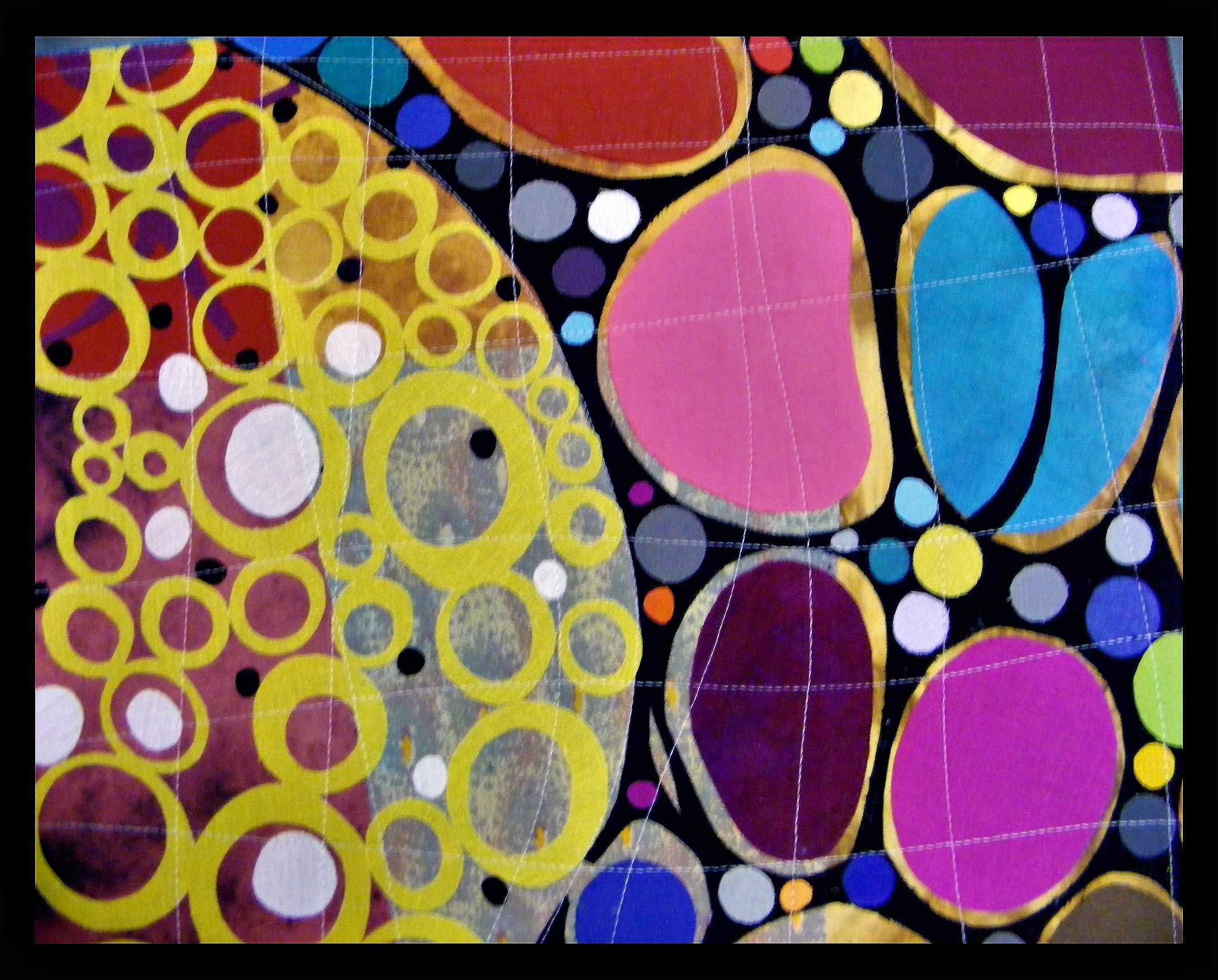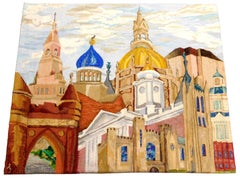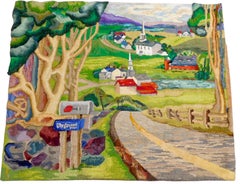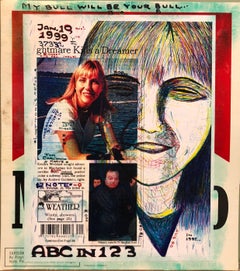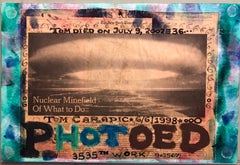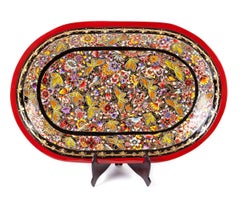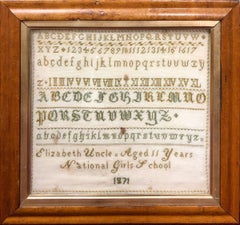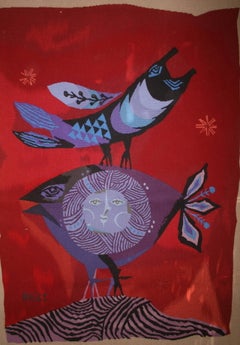
Israeli Bird and Fish Hand Woven Itche Mambush Atelier Aubusson Style Tapestry
Want more images or videos?
Request additional images or videos from the seller
1 of 5
Sami BrissIsraeli Bird and Fish Hand Woven Itche Mambush Atelier Aubusson Style Tapestry
About the Item
- Creator:Sami Briss (1930, French)
- Dimensions:Height: 56 in (142.24 cm)Width: 42 in (106.68 cm)
- Movement & Style:
- Period:
- Condition:
- Gallery Location:Surfside, FL
- Reference Number:1stDibs: LU382184092
About the Seller
4.9
Platinum Seller
Premium sellers with a 4.7+ rating and 24-hour response times
Established in 1995
1stDibs seller since 2014
1,760 sales on 1stDibs
Typical response time: 1 hour
Authenticity Guarantee
In the unlikely event there’s an issue with an item’s authenticity, contact us within 1 year for a full refund. DetailsMoney-Back Guarantee
If your item is not as described, is damaged in transit, or does not arrive, contact us within 7 days for a full refund. Details24-Hour Cancellation
You have a 24-hour grace period in which to reconsider your purchase, with no questions asked.Vetted Professional Sellers
Our world-class sellers must adhere to strict standards for service and quality, maintaining the integrity of our listings.Price-Match Guarantee
If you find that a seller listed the same item for a lower price elsewhere, we’ll match it.Trusted Global Delivery
Our best-in-class carrier network provides specialized shipping options worldwide, including custom delivery.More From This Seller
View AllLarge Americana Folk Art Pictorial Hooked Rug Wool Wall Hanging Tapestry
By Trudi Shippenberg
Located in Surfside, FL
"Downtown Hartford"
Hooked rug tapestry, various landmark buildings in Hartford, Connecticut, congregate within composition, including capital building, Colt building, Wadsworth Mus...
Category
20th Century Folk Art Mixed Media
Materials
Fabric, Wool
Large Americana Folk Art Pictorial Hooked Rug Wool Wall Hanging Tapestry
By Trudi Shippenberg
Located in Surfside, FL
"RFD Courant",
hooked rug tapestry, rural community with country homes and buildings throughout rolling hills, lush green trees with three-dimensional leaves frame the scene, in the...
Category
20th Century Folk Art Mixed Media
Materials
Fabric, Wool
Mixed Media Outsider Art Original Photo Collage Drawing 2 Sided
By Tom Carapic
Located in Surfside, FL
Tom Carapic (born 1939), full name Tomislav Sava Čarapić, is an artist who specialises in found object artwork. He also does street art. A prominent Outsider Artist he was a featured artist in the American Visionary Art Museum's End is Near Exhibit. His work was also featured in the exhibition catalog. His work has been sold at Slotin Folk Art.
Carapic was born in Velisevac, Serbia (then Kingdom of Yugoslavia). He was educated at a military school in Herzegovina in the 1950s, and served as a sergeant in the Yugoslav People's Army. Afterwards he was denied a college education, possibly because he was not a member of the Communist Party, illegally crossed into Italy in 1961, and, from there, emigrated to the United States.
In 1965, he began attending classes at the New York Art Students League, but dropped out soon afterwards, eventually attending the Wilfred Academy of Beauty Culture. He was unable, however, to find steady beauty parlor employment, and worked in menial labor while attending classes in Spanish Education at Manhattan Community College. Due to a problem with accreditation, he was forced to switch to classes in the field of studio art. There he experienced hallucinatory visions that explained his repeated failures to obtain a degree.
In the late 1970s, Carapic began experiencing more hallucinatory visions; claiming that his degree problems were caused when "the evil marriage bureau massed the troops" against his college and proceeded with "an Air force bombardment" of the school. After receiving other visitations, he began making and showing his art.
Most of his art is centered on found objects, most famously computer keyboards, especially those by IBM. Most of his art consists of these objects, marked with black Sharpie markers, and with green thumbprints and handprints along the objects. His most famous exhibit in New York City is "Big Bang Theory," a doomsday warnings painted on computer keyboards and shoes and construction debris. Bears similarity to the Art Brut movement made famous by Jean Dubuffet.
He was inluded in The End is Near! an exhibit which included an unprecedented group of noted thinkers, from His Holiness the Dalai Lama and Stephen Jay Gould to Reverend Howard Finster and Apocalypse culture expert ,Adam Parfrey, visionary artists brought together by curator, Roger Manley, for an amazing exhibition at the American Visionary Art Museum, the world’s largest ever mounted on the subjects of Apocalypse, Millennium, and Utopia.
The End is Near! featuredwork from the following visionary artists amongst others:
William Adkins Z.B. Armstrong Bill Bruley Frank Bruno Harry Leroy Brunson Tom Carapic Pierre Carbonel Howard Finster Tim Fowler Mary Mac Franklin Victor Joseph Gatto Robert Gie Patrick Gimel Hugo Hempel Oskar Herzberg Vojislav Jakic Norbert Kox Charles Keeling Lassiter...
Category
20th Century Outsider Art Mixed Media
Materials
Mixed Media
Mixed Media Outsider Visionary Art Newspaper Photo Collage 2 Sided Laminated
By Tom Carapic
Located in Surfside, FL
This one is laminated in plastic.
Tom Carapic (born 1939), full name Tomislav Sava Čarapić, is an artist who specialises in found object artwork. He also does street art. A prominent Outsider Artist he was a featured artist in the American Visionary Art Museum's End is Near Exhibit. His work was also featured in the exhibition catalog. His work has been sold at Slotin Folk Art.
Carapic was born in Velisevac, Serbia (then Kingdom of Yugoslavia). He was educated at a military school in Herzegovina in the 1950s, and served as a sergeant in the Yugoslav People's Army. Afterwards he was denied a college education, possibly because he was not a member of the Communist Party, illegally crossed into Italy in 1961, and, from there, emigrated to the United States.
In 1965, he began attending classes at the New York Art Students League, but dropped out soon afterwards, eventually attending the Wilfred Academy of Beauty Culture. He was unable, however, to find steady beauty parlor employment, and worked in menial labor while attending classes in Spanish Education at Manhattan Community College. Due to a problem with accreditation, he was forced to switch to classes in the field of studio art. There he experienced hallucinatory visions that explained his repeated failures to obtain a degree.
In the late 1970s, Carapic began experiencing more hallucinatory visions; claiming that his degree problems were caused when "the evil marriage bureau massed the troops" against his college and proceeded with "an Air force bombardment" of the school. After receiving other visitations, he began making and showing his art.
Most of his art is centered on found objects, most famously computer keyboards, especially those by IBM. Most of his art consists of these objects, marked with black Sharpie markers, and with green thumbprints and handprints along the objects. His most famous exhibit in New York City is "Big Bang Theory," a doomsday warnings painted on computer keyboards and shoes and construction debris. Bears similarity to the Art Brut movement made famous by Jean Dubuffet.
He was inluded in The End is Near! an exhibit which included an unprecedented group of noted thinkers, from His Holiness the Dalai Lama and Stephen Jay Gould to Reverend Howard Finster and Apocalypse culture expert ,Adam Parfrey, visionary artists brought together by curator, Roger Manley, for an amazing exhibition at the American Visionary Art Museum, the world’s largest ever mounted on the subjects of Apocalypse, Millennium, and Utopia.
The End is Near! featuredwork from the following visionary artists amongst others:
William Adkins Z.B. Armstrong Bill Bruley Frank Bruno Harry Leroy Brunson Tom Carapic Pierre Carbonel Howard Finster Tim Fowler Mary Mac Franklin Victor Joseph Gatto Robert Gie Patrick Gimel Hugo Hempel Oskar Herzberg Vojislav Jakic Norbert Kox Charles Keeling Lassiter...
Category
20th Century Outsider Art Mixed Media
Materials
Mixed Media
Mixed Media Outsider Art Original Photo Collage Painting in Plastic Bag 2 Sided
By Tom Carapic
Located in Surfside, FL
I think this one is the Chinese Premier on one side and fingerprints on the outside of the other side. wrapped in plastic.
Tom Carapic (born 1939), full name Tomislav Sava Čarapić, is an artist who specialises in found object artwork. He also does street art. A prominent Outsider Artist he was a featured artist in the American Visionary Art Museum's End is Near Exhibit. His work was also featured in the exhibition catalog. His work has been sold at Slotin Folk Art.
Carapic was born in Velisevac, Serbia (then Kingdom of Yugoslavia). He was educated at a military school in Herzegovina in the 1950s, and served as a sergeant in the Yugoslav People's Army. Afterwards he was denied a college education, possibly because he was not a member of the Communist Party, illegally crossed into Italy in 1961, and, from there, emigrated to the United States.
In 1965, he began attending classes at the New York Art Students League, but dropped out soon afterwards, eventually attending the Wilfred Academy of Beauty Culture. He was unable, however, to find steady beauty parlor employment, and worked in menial labor while attending classes in Spanish Education at Manhattan Community College. Due to a problem with accreditation, he was forced to switch to classes in the field of studio art. There he experienced hallucinatory visions that explained his repeated failures to obtain a degree.
In the late 1970s, Carapic began experiencing more hallucinatory visions; claiming that his degree problems were caused when "the evil marriage bureau massed the troops" against his college and proceeded with "an Air force bombardment" of the school. After receiving other visitations, he began making and showing his art.
Most of his art is centered on found objects, most famously computer keyboards, especially those by IBM. Most of his art consists of these objects, marked with black Sharpie markers, and with green thumbprints and handprints along the objects. His most famous exhibit in New York City is "Big Bang Theory," a doomsday warnings painted on computer keyboards and shoes and construction debris. Bears similarity to the Art Brut movement made famous by Jean Dubuffet.
He was inluded in The End is Near! an exhibit which included an unprecedented group of noted thinkers, from His Holiness the Dalai Lama and Stephen Jay Gould to Reverend Howard Finster and Apocalypse culture expert ,Adam Parfrey, visionary artists brought together by curator, Roger Manley, for an amazing exhibition at the American Visionary Art Museum, the world’s largest ever mounted on the subjects of Apocalypse, Millennium, and Utopia.
The End is Near! featuredwork from the following visionary artists amongst others:
William Adkins Z.B. Armstrong Bill Bruley Frank Bruno Harry Leroy Brunson Tom Carapic Pierre Carbonel Howard Finster Tim Fowler Mary Mac Franklin Victor Joseph Gatto Robert Gie Patrick Gimel Hugo Hempel Oskar Herzberg Vojislav Jakic Norbert Kox Charles Keeling Lassiter...
Category
20th Century Outsider Art Mixed Media
Materials
Mixed Media
Wool Felt Craft Applique Vintage Israeli Judaica Folk Art Tapestry Kopel Gurwin
By Kopel Gurwin
Located in Surfside, FL
This depicts King David playing the harp, along with a verse in Hebrew from the Psalms. all made by hand. woven and stitched. Vintage, original piece.
Kopel Gurwin (Hebrew: קופל גורבין) (1923–1990) was an Israeli tapestry wall hanging, painter and graphic artist.
Kopel (Kopke') Gurwin (Gurwitz) was born and raised in Vilna, the capital of Lithuania. He spoke Yiddish at home, but simultaneously studied Hebrew at their school which was part of the Tarbut educational network. Kopel was active in the Hashomer Hatzair youth movement. In the 1930s, as a teenager, Kopel helped his parents with the home finances by working in a suit workshop, there he first encountered the art of sewing.
With the outbreak of the Second World War and the German invasion of Vilna, the Jews were imprisoned in camps and ghettos. Kopel and his brother Moshe were separated from their parents and were put to work in coal mines and peat. Kopel's parents were taken to the Stutthof Nazi concentration camp where they died of typhus within a month of each other. Kopel's 12-year-old sister Chava was turned over to the Germans by a Polish family and murdered.
The brothers were arrested by the Germans, but were saved thanks to the connections of Nina Gerstein, Kopel's drama teacher. They hid in an attic until they were discovered, fled and moved to Riga, where they were caught and sent to the Stutthof concentration camp where they were imprisoned until the end of the war. They were put to work maintaining and cleaning trains and took part in one of the death marches. In July 1946, Kopel and Moshe sailed to Helsingborg, Sweden, as part of operation "Folke Bernadotte", in which Sweden took in ill survivors for rehabilitation. Once he recovered, Kopel worked in a publishing house and later was appointed director of the local branch of the Halutz movement.
In 1950 Kopel and Moshe made aliyah to Israel. Kopel worked as a survey for the Survey of Israel Company. In 1951, he enlisted to the Communication Corps and served as a military draftsman. There he won first prize for the design of the front cover of the Communication Corps bulletin.
With his discharge from the army at 29 he started studying drawing and graphics at the Bezalel Academy of Arts and Design in Jerusalem. Among his teachers were Isidor Ascheim, Shlomo Vitkin, Yossi Stern and Jacob Steinhardt. At the end of his first year of study, Kopel won the Reuben and Sarah Lif Excellence Award in written studies. During his studies he also won additional prizes: In 1956 he won first prize from the Lethem Foundation in California for poster design. Later the same year, Kopel won the Hermann Struck prize for his drawing on the theme of Jerusalem.
In 1957 he won an additional first prize from the Lethem Foundation and second place from the printing company Ortzel for a drawing for a Jewish New Year greeting card. In 1958 he won first prize in a competition to design a poster for Tel Aviv's jubilee.
Two years later he won three other awards: First and third prize for designing a poster for Israel Independence Day, celebrating 12 years of the State of Israel.
Also that year Kopel won first prize for a poster to mark the 25th Zionist Congress.
In 1964 he entered the Independence Day poster competition on the theme of aliyah and won first and second prize. Four years later he again entered the competition on the theme of 20 years of Israel's independence and won first prize. The poster was styled like a Holy Ark curtain with two lions and a menorah at its centre. This poster appeared on the cover of the famous book Jewish Art and Civilization, edited by Geoffrey Wigoder as well as the record Voices of 20 Years, 1948-1968, edited by Yossi Godard. In April 1971 he won first prize in the Independence Day poster competition for the fourth time.
Kopel's Folk Art tapestry won the Israeli Independence Day Poster Contest in 1968
With the completion of his studies at Bezalel Kopel moved to Tel Aviv and was hired by Shmuel Grundman's graphics and design studio. Grundman took him to Europe with him to design and supervise the construction of Israeli exhibition pavilions. During his time at Grundman's he discovered the fibrous felt from which he produced most of his wall hangings. At the 1964 Levant Fair exhibition he used felt stuck onto wooden panels for the first time.
The first felt wall hanging that Kopel produced was intended for the American Cultural Centre in Jerusalem and its theme was the United States Declaration of Independence. The wall hanging, which measured 2.85 X 1.85 meters, was stuck on a wooden panel. Kopel ordered rolls of felt from France and began work on wall hangings based on bible stories. He used a needle, hand sewing small even stitches with black embroidery thread which framed and highlighted every detail in the work, as well as using appliqué. The interior designer, Alufa Koljer-Elem, introduced him to Ruth Dayan who managed the shop Maskit in September 1967 he opened his first solo exhibition at the Maskit 6 gallery, in which 12 wall hangings were displayed.
In light of the exhibition at Maskit 6, Meira Gera, the director of artistic activity at the America-Israel Cultural Foundation, organized an additional exhibition of his works at the foundation's exhibition hall in New York City. The exhibition sparked immense press interest, and was also displayed for a few months at the New York Jewish Museum, from where it travelled throughout the United States.
Followed by the exhibition at the Delson-Richter gallery in Old Jaffa, which was later also exhibited at the Jerusalem Theatre.
Kopel's tapestry "The Time for Singing has Arrived" was printed on a UNICEF greeting card in 1978 and again in 1981.
The Israeli Philatelic Service issued three stamps based on three of Kopel's holy ark curtains and one stamp based on an Independence Day poster he designed.
Kopel's creations decorate a large number of synagogues, public buildings, hotels and private collections which were purchased in Israel and around the world. They have decorated, among others, the walls of the King David Hotel...
Category
20th Century Folk Art Mixed Media
Materials
Wool, Felt
You May Also Like
Batea Ovalada Perfilada en Oro / Wood carving Lacquer Mexican Folk Art
By María Guadalupe Tapia Talavera
Located in Jesus del Monte, MX
FREE SHIPPING TO WORLDWIDE!
Artisan: Maria Guadalupe Tapia Talavera
IAM 3rd. Place Category “Gold Bathed Laca”
INSTITUTO DEL ARTESANO MICHOACANO LVII State Edition Award "Domingo de...
Category
2010s Folk Art More Art
Materials
Wood, Lacquer
The young girl, the totem & death Barbara d'Antuono Contemporary textile art
Located in Paris, FR
Textile painting hand-embroidered
Unique work
Hand-signed and dated lower right by the artist
“I sew like some people recite mantras. I don't decide anything in advance. Images emer...
Category
2010s Outsider Art Mixed Media
Materials
Textile
False pretext on red background Barbara d'Antuono Contemporary textile art Haiti
Located in Paris, FR
Textile painting hand-embroidered
Unique work
Hand-signed and dated lower left by the artist
“I sew like some people recite mantras. I don't decide anything in advance. Images emerg...
Category
2010s Outsider Art Mixed Media
Materials
Textile
Sampler by Elizabeth Uncle, Aged 11, National Girls School
Located in Missouri, MO
This is a traditional American sampler created in 1871 by Elizabeth Uncle, Aged 11 while attending the National Girls School.
Category
1870s Folk Art More Art
Materials
Textile
Price Upon Request
African art tribal maternity figure, Lobi peoples Ghana - Ivory Coast
Located in Norwich, GB
A delightful African maternity figure from the Lobi peoples of the Ivory Coast/Ghana. With a serene yet feisty expression, the mother is carry...
Category
Mid-20th Century Folk Art Figurative Sculptures
Materials
Wood
"Protector One" Folk Art Crow Sculpture
Located in Chicago, IL
Richly textured with whimsical appeal, this late 20th century wooden crow is a delightful example of naive American sculpture. Poised mid-caw, the crow's wings are outstretched, read...
Category
Late 20th Century Folk Art Figurative Sculptures
Materials
Wood, Paint
Recently Viewed
View AllMore Ways To Browse
Japanese Lithograph Tapestry
Robert Four Tapestry
Gustave Moreau Lithograph
Jean Gilles
Georges Braque Lithograph Birds
Picard Vintage
Gobelin Tapestry Frame
Jean Lurcat Aubusson Tapestry
18th Century Canadian Art
Aubusson War
18th Century Russian Icon
Aubusson Tapestry By Jean Lurcat
Swedish Wood Bird
Jean Gilles Artist
Romanian Folk Art Paintings
Nancy Hoffman
Gobelins Tapestry D
Bergner Oil
